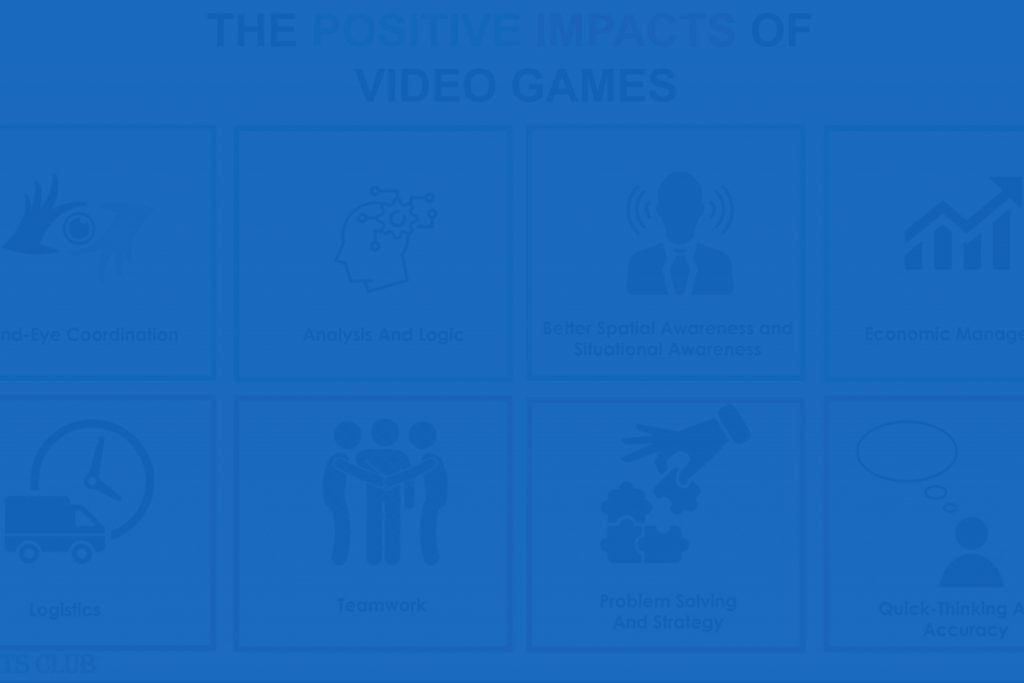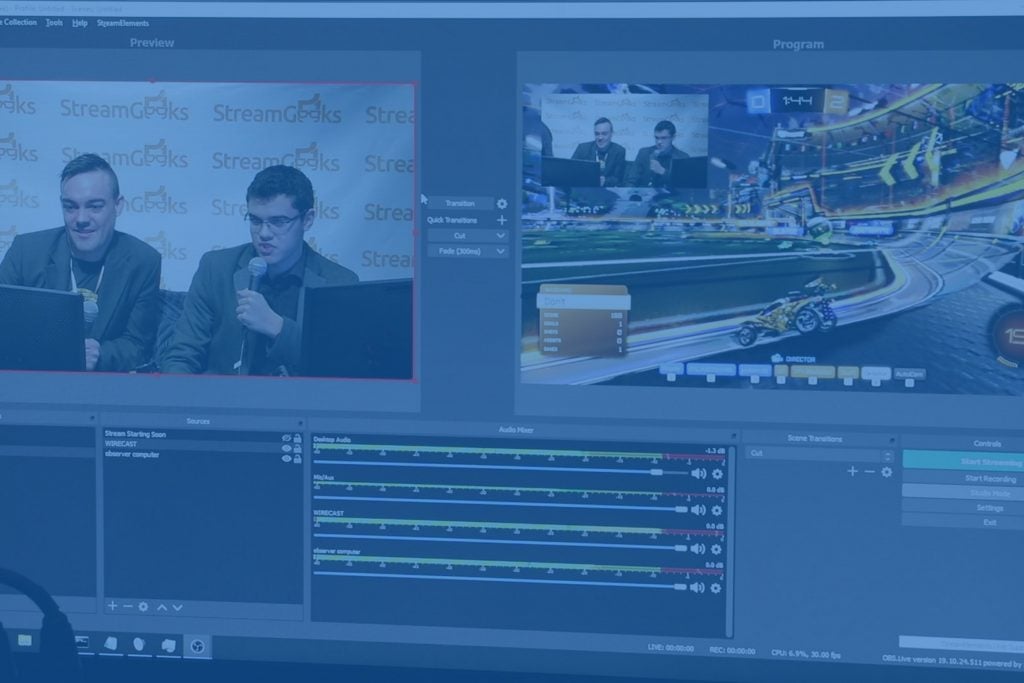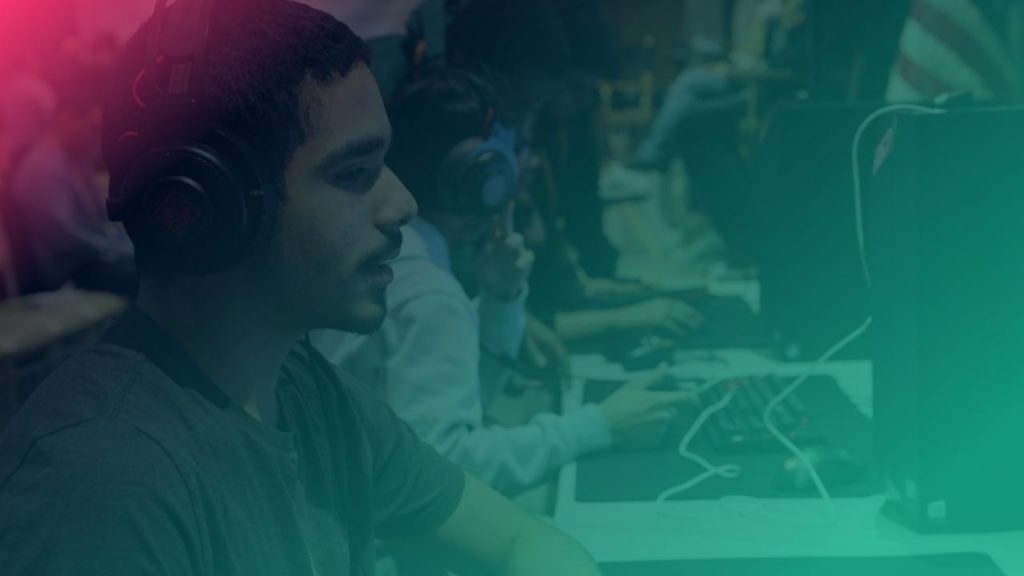What are the top esports tournaments?
Written by Paul Richards on January 15, 2020
Esports has come a very long way from the inconspicuous beginnings of October 1972, when Stanford Artificial Intelligence Lab (Los Altos, California) hosted the first-ever competitive video game event. What used to be viewed as a teenage obsession, reserved for adolescents who had a hard time making friends in real life (at least, in parents’ view) has morphed into an international phenomenon. Esports now has the potential to disrupt and irreversibly alter the way we create and consume competitive sports (Baker & Baker, 2016).
Today, esports is already a multibillion-dollar industry. It is growing at a pace never seen before in the history of all sports. Milestones that have taken global sports like basketball, baseball, football, soccer, and tennis the better part of the last century to achieve, will be reached and eclipsed by esports before the first quarter of this century is over. Just last year a 16-year-old Fortnite player won more than Tiger Woods at the Master’s golf tournament. Yet, a recent report shows that most adults over the age of 35 do not know that this is happening. While teenage video game heroes are making more than the world’s top golf and tennis players, only two out of ten adults past the age of 35 know that esports exist (“The Global Games Market Will Generate $152.1 Billion in 2019 as the U.S. Overtakes China as the Biggest Market | Newzoo,” n.d.).
What is Esports?
According to Wikipedia, “Esports is a form of competitive sports using video games.” This definition lives on the internet, where there are no clear distinctions between “real sports” and “Esports.” Esports has come quite a long way since Espen Aarseth published her first issue of Computer Game Studies. If you are a “Digital Native” you are already familiar with gaming culture and esports. Digital natives are generally born after the 1980s and they are considered by historians as “Generation Y.” This is a generation considered to be comfortable with technology in the “digital age” because they have grown up surrounded by a world full of computers, smartphones, and other internet-connected devices.
If you are a “Digital Migrant” you were born before the 1980s. The term characterizes those who are generally fearful about using technology. Disregarding these general stereotypes, to understand esports today, you have to discard any outdated concepts of video games that are played with friends in a single home. Esports today is born from an interconnected world of online video gaming. Video games today are now part of a fully immersive and highly interactive world that generations of gamers engage with naturally.
Esports games encompass highly organized multiplayer competitions between amateur and professional teams. This billion-dollar industry now includes many things we associate with “real sports” including professional athletes with yearly contracts, endorsement deals, and fan stardom. Yes, this also includes huge stadiums packed with fans and millions of online viewers. Yes, this includes professional leagues, mega-sponsorship deals, and year-round competitions attracting contestants from around the world. Consider the world of sports that you grew up with and imagine if everyone you knew at school could play the sport you are interested in learning from home. Imagine how much more engaged you would be with your favorite sport if you could play baseball in your living room? Imagine how many more of your friends growing up would have joined the baseball team if they didn’t have to leave home to do so.
The following events are a highly compressed timeline of the development of esports.
- 1972: The “Intergalactic Spacewar Olympics” is hosted by Stanford University. The winner received a one-year subscription of Rolling Stone magazine and title of “Intergalactic Spacewar Champion” for 1972.
- 1980: The first large-scale video game tournament, with 10,000 participants in attendance, was held in New York by Atari, marking the entrance of competitive gaming into the mainstream (“History of Esports,” n.d.).
- 1982: The show Starcade, an esports program, makes its debut on television. 133 episodes are aired from 1982 to 1984.
- 1988: The modern era of online gaming is birthed with the first team-based internet game, Netrek.
- 1990: The 1990 Nintendo World Championships. After touring the United States, this tournament has its grand finale at Universal Studios Hollywood (California).
- 1993: Netrek is attracting record numbers of up to 5,000 players daily.
- 1994: Nintendo PowerFest ’94”, the Nintendo 2nd World Championship for the Super Nintendo Entertainment System is held in San Diego, California.
- 1997: Red Annihilation Tournament, the first global esports event, has a grand prize of a 1987 Ferrari 328 GTS belonging to the lead developer of the game.
- 1997: The Cyberathlete Professional League is born. The CPL tournament follows in 1998 with $15,000 prize money.
- 2005: The CPL World Tour, a year-long international competition, spanning nine countries on four continents, has a total prize pool of $1,000,000.
- 2005: The creation of YouTube as a video-sharing platform gives millions of ordinary people the ability to easily share and watch videos online. YouTube’s dedicated gaming service YouTube Gaming accelerates the esports revolution.
- 2011: Twitch enters as a dedicated video-game live-streaming platform, including broadcasts of esports competitions. Before its acquisition by Amazon (2014), it had received 45 million unique viewers and ranked 4th in peak Internet traffic in the USA, after Netflix, Apple and Google.
- 2012 – 2016: The video gaming market is recognized as the fastest-growing entertainment industry in the world, with sustained year-on-year growth of 6% in 2012 (Lee – & Tzialli, n.d.).
- 2014: 45,000 in-person attendees at Sangam Stadium (Seoul) for the League of Legends World Final and over 27 million watching online.
- 2016: TBS and ESPN start to invest in esports leagues, as well as broadcasting competitions.
- 2016: The first franchised league, the Overwatch League, by Blizzard Entertainment, starts, initially with twelve teams and twenty currently.
- 2016: From meager rewards players earned initially, prizes reach jaw-dropping amounts: Dota2 (US $86 million) and League of Legends ($30 million). In 2018, The International broke the record with a $25 million prize pool for a single tournament.
- 2017: The number of esports viewers tripled from around 100 million (2012) to over 300 million (2017) (“The Rise of Esports,” 2018).
- 2017: The League of Legends World Final in Beijing was viewed by 60 million people.
- 2018: The NBA, in partnership with Take-Two Interactive, creates NBA 2K League, the first esports league run by a professional sports league.
- 2018: Revenue from the global esports industry hits $905 million and is expected to exceed $1 billion in two years. Over 50% of revenue to come from China and North America (“The explosive growth of Esports,” n.d.).
- 2018: In 2018, the highest-earning esports teams receive $23,987,734.23 (Team Liquid), $20,696,040.79 (Evil Geniuses), and $17,562,308.50 (Team OG).
- 2019: Gamers across the world expected to spend $152.1 billion on games in 2019, (“The Global Games Market Will Generate $152.1 Billion in 2019 as the U.S. Overtakes China as the Biggest Market | Newzoo,” n.d.).
- 2019: Esports’ highest-earning player, Kuro Takhamosi, has earned $4,097,926.95 to date.
- 2022: Esports billed to be included as a medal event in the Asian Games.
- 2024: The International Olympic Committee (IOC) is considering a decision to include Esports as a demonstration sport.
Before the arrival of online gaming, video game systems were designed primarily for one to four players in the same location. The user-interface or game controllers were usually gamepads or joysticks designed for in-room play. The output from the gaming console was designed for televisions of the time but they lacked connectivity. These systems were technically “offline” and they were limited to gameplay with gamers being in direct contact with the equipment (“Video game,” 2019).
Online gaming, on the other hand, permits players to break out of these limitations by allowing people who are physically separated to interact within the same game environment. An online gaming system is made up of a system of computers linked together via the internet or a local area network. Each computer has a version of the game installed and players can log into an online server to play games with others from around the world. This allows players to view the actions of other players over the network. Players can now make moves of their own to counter what others are doing. All of this is rendered in real-time to give players the sense of being in the same shared space. These are real people, playing really intricate, fast paced games. With online video gaming players always have a friend they can play with. The engagement makes playing against computer-controlled opponents pale in comparison.
What are the top esports tournaments in the world? How many people are participating? Who are the organizers? In this section of the book, there is an outline of the top professional tournaments, along with a review of the organizations helping to create leagues at the high school and college levels.
Worldwide
The International
The 2019 International, a DOTA2 championship held in Shanghai, China happened in August 2019. There were 18 teams from around the world and 90 players in the event. The total prize pool was more than $30 million dollars. The tournament was organized and sponsored by Valve Corporation, a company based in Seattle and the owners of DOTA2. The event venue, the Mercedes-Benz Arena, has 18,000 seats that were sold out. During the grand finals, 1.1 million people viewed the event on Twitch (“The International 2019—Liquipedia Dota 2 Wiki,” n.d.).
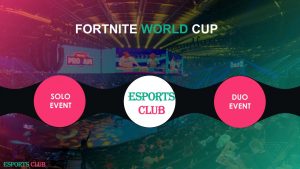
Fortnite World Cup
Fortnite World Cup
The Fortnite World Cup Finals have two events. A solo event and a duo event. Both events had prize pools of over $15 million each. Each final had 100 players competing and the event occured in July of 2019 in New York City. Fortnite is organized by an American video and software development company, Epic Games, Inc. The tournament venue was a 23,700-person capacity stadium, which was also totally sold out. A total of 2.3 million people viewed it online (“A 16-year-old just won $3M playing in the Fortnite World Cup—CNET,” n.d.).
Counter-Strike: Global Offensive Major Tournaments
These competitions are generally rated as the most important CS:GO tournaments in the world. They are organized by Valve Corporation, developers of the game, and they are held twice a year. Usually, there are 24 teams competing from four regions in the world; Americas, Asia, CIS, and Europe. The prize pool is in the $1 million range. The latest edition of the competition was held between August and September of 2019 (“The Ins and Outs of CS:GO Tournaments: 2016–2018—DreamTeam Blog,” n.d.).
Overwatch World Cup
The Overwatch World Cup is related to the Overwatch League and often has the same players as the league. However, players in the World Cup represent their countries, rather than their professional teams and organizations, as they do in the league. In the Overwatch World Cup, teams do not compete for money, but all teams receive the same prize of $16,000. This twist makes it one of the most interesting international esports tournaments (“The Overwatch League |—Overwatch World Cup,” n.d.).
North America
Evolution Championship Series (USA)
This event happened in August of 2019 in Las Vegas, Nevada. Attendance was reportedly greater than 9,000. The total prize pool was $254,289 (“Evo 2020 Championship Series | Official Website of the Evolution 2020 World Championship Series,” n.d., p. 202).
Capcom Cup (USA)
The final event of the Capcom Pro Tour is a series of fighting game tournaments organized by Capcom. The prize pool was $250,000 in the last tournament (“Capcom Pro Tour 2019 Full Schedule and Details Reveal | Capcom Pro Tour,” n.d.).
Halo World Championship Series
Sponsored by Microsoft, the Halo Championship series takes place annually, with multiple events across cities in the United States (“HCS Invitational 2019—Halo Esports Wiki,” n.d.).
Asia
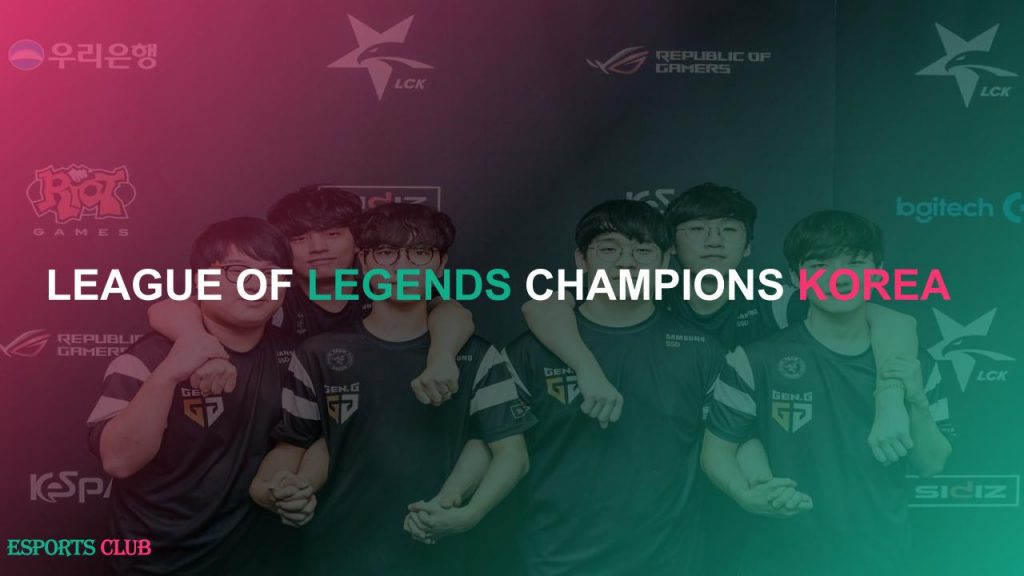
Leauge of Legends Championships
League of Legends Champions Korea
The LCK is the primary route for South Korean esports teams to progress to the League of Legends World Championship. It is organized by Riot Games in partnership with various sponsors (“LCK 2019 Spring—Leaguepedia | League of Legends Esports Wiki,” n.d.).
Global Starcraft II League (South Korea)
The GSL is a tournament-based league in South Korea that features a long list of competitions held year-round. The GSL is hosted by Afreeca TV, GSL, and Blizzard entertainment (“Global StarCraft II League—Liquipedia—The StarCraft II Encyclopedia,” n.d.).
League of Legends Pro League (China)
This is the top League of Legends league in China and the primary qualification route for Chinese esports teams looking to compete in the League of Legends World Championship (“LoL Pro League—Liquipedia League of Legends Wiki,” n.d.).
PUBG Mobile India Series
PUBG Mobile India Series is a premier mobile series in India. The event is massive in scale, attracting over half a million registrations, with up to 400,000 rounds played during the course of the tournament (Gaming, n.d.).
League of Legends India Champions Cup
This is India’s premier League of Legends league. The top teams from this tournament get a chance to qualify for the League of Legends World Championships.
Europe
DreamHack (Sweden)
DreamHack is the world’s largest computer festival. This festival also includes an esports tournament by the same name. It boasts the fastest internet and LAN connections in the world (“DreamHack – World of Gamers · Community of Friends,” n.d.).
GameBattles UK
This is a huge competition in esports, featuring a variety of games and some of the largest prize pools in Europe (“GameBattles: The World Leader in Online Video Game Competition,” n.d.).
Other Regions
- Cybergamer (Oceania)
- eXTREMESLAND (Oceania, Middle-East, Asia)
- Mind Sports South Africa
Professional Esports Leagues
The Overwatch League (OWL)
OWL is the official league for the first-person shooter game Overwatch by Blizzard-Activision. It holds the record for the highest number of hours viewed by any esports league. The league is organized into stages that last four to five weeks with 28 matches played. Each stage is concluded with a tournament where the stage champion is crowned. The total prize pool for the league is $5 million.
League of Legends World Championship
This is the concluding event for the year-long season of League of Legends. The event lasts for a full month and the prize pools are expected to grow to over 2 million USD as the competition progresses. Twenty-four teams representing thirteen regions will be competing at the events. The tournament is organized by Riot Games (USA) a company of Tencent Holdings Limited, China (“2019 World Championship—Liquipedia League of Legends Wiki,” n.d.).
Call of Duty World League
This tournament is organized by Activision and Treyarch. In 2019, they hosted the seventh edition of the annual Call of Duty Championship. It is held in Los Angeles, California with thirty-two teams in attendance. The total prize pool was $2 million and the event was sponsored by ASUS, Scuf Gaming, ASTRO Gaming, and Mountain Dew (“Call of Duty World League Championship 2019—Call of Duty Esports Wiki,” n.d.).
More Esports in Education Articles
- Download Esports in Education for free
- Introduction to Esports in Education
- History of video games & esports
- The study of video games
- What are the top esports tournaments?
- College Level Esports Programs
- Apply for the StreamGeeks Esports Scholarship
- How to start an esports club at your school
- How to live stream esports tournaments
- Getting the most educational value out of video games

